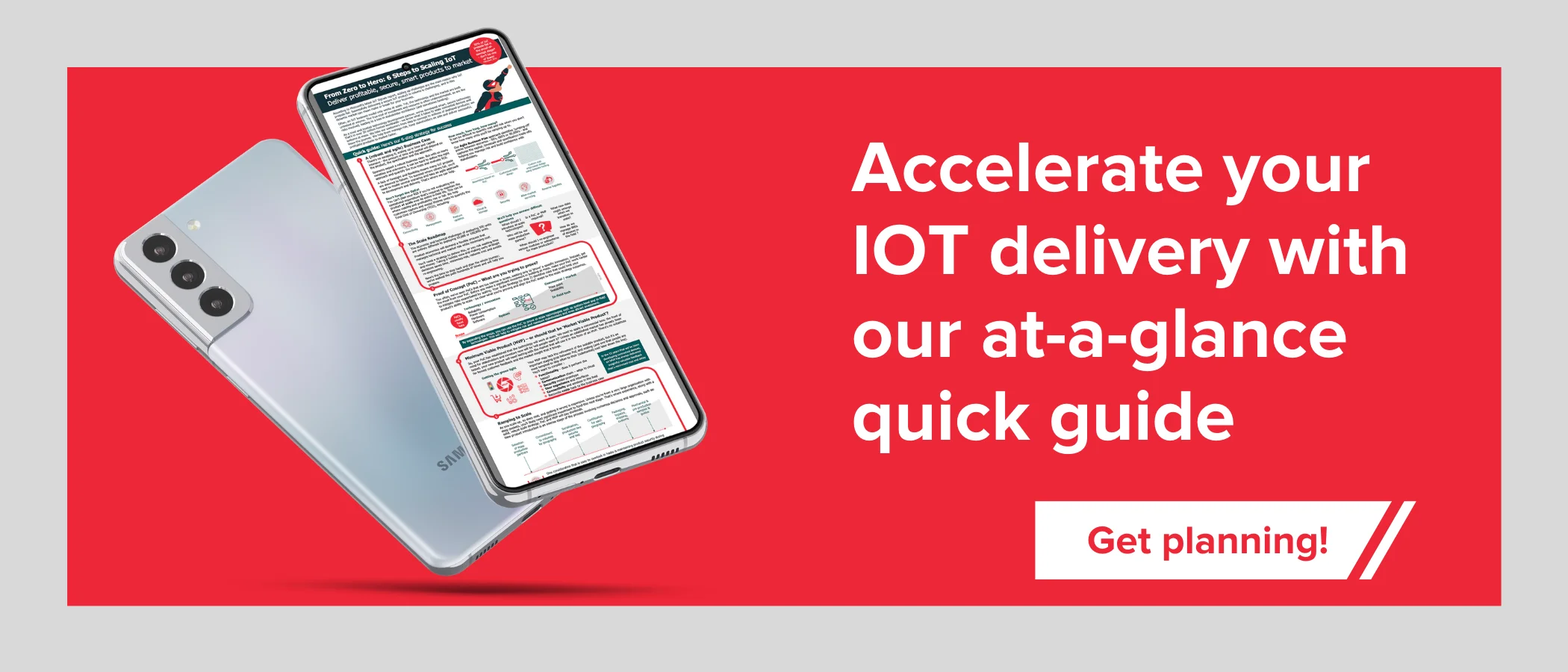Smart router: The gateway to next-gen services
Whether you’re defending market share or looking for new revenue streams, developing an intelligent, agile platform is a must-have to unlock a new wave of services, writes Stuart Griffin
Predicting the future may be folly but preparing for it is vital. With the growing consensus that the network edge is about to play a much bigger role in service delivery, operators need strategies now to prevent rivals from taking a lead and internet giants from locking them out of providing next-generation services.
Operators know that providing a passive conduit and competing on broadband speed alone will be a race to the bottom on price. Triple and quad play bundling reduces churn, but it won’t turn the tide.
We can speculate whether smart WiFi, cyber-security, VPNs, smart home, rapid updates or pre-emptive diagnostics will be the next big opportunity. But what’s not in doubt is that an agile platform will be a must-have if operators are going to rapidly exploit that opportunity and future-proof their strategy.
The answer may already be in the room. The broadband router is a prize asset ubiquitous in the home and business network and, crucially, one which has the potential to offer serious competitive advantage for operators keen to create new value-added services.
A useful analogy is the evolution of the mobile phone. For a decade before the arrival of the iPhone the handset was a fixed function device much like the router. Making the smart phone a software platform with support for a myriad of applications revolutionised its use and its business case. Apps enabled an array of new revenue generating opportunities from video and games to smart home, security and many more.
Could the ‘smart’ router similarly unlock a wave of innovation leading to a slew of new services – this time with the network operator in charge?

The edge is set to be complex, consisting of a mix of devices and gateways interacting through new and established wired and wireless technologies. The edge will bring opportunities for new services and applications based on the agility and configurability of hardware at the edge, optimised to work alone and in collaboration with the cloud. Telcos and internet giants are racing to do deals as the hype around 5G mobile access edge computing continues to grow.
The broadband router is already the edge of the network device for consumers and many small enterprises. Whether you’re looking to defend market share and/or current pricing by offering value-add services or seeking to develop new revenue streams and grow market share, leveraging this advantage as a gateway to future revenue generation should, at the very least, be under consideration among the C-suite.
Operators can transform the hardware router from a dumb termination of the broadband pipe to an agile platform. But this head start could be quickly overrun as Google and Amazon continue to deploy voice and other devices. These companies are now directly targeting the home network with initiatives such as Amazon Sidewalk and Google WiFi. Recognising that the common broadband router has enormous potential to deliver new services or enhance existing ones at the WiFi edge is one thing. Unleashing its potential is another.
Embedded containerisation is the key
Operators are hampered by a fragmented estate of fixed function routers sourced from a range of OEMs. Deploying new features such as OpenSync is an arduous task. Firmware upgrades need to be arranged, tested and deployed for all router variants. If the router is to become versatile platform for service delivery, then this estate will need to harmonise on a common software solution.
When considering a technology to form the basis of a smart router the obvious candidates include: the network virtualisation technology that operators are already deploying into their network, a proven micro-service technology that will integrate seamlessly with the cloud or an adaption of an established application environment with its huge community of contributors.
In fact, there is already a quiet revolution happening in this regard. Two of the key players in open-source router stack software are aiming to accelerate development of its fixed function into an application platform.

The RDK (Reference Design Kit), which is backed by Comcast and Liberty Global, have been evaluating technologies to enhance their broadband router software stack, known as RDK-B. It will repurpose a container-based technology currently used in their video stack. The technology is known as Downloadable Application Containers (DACs) and provides a way to dynamically deploy services on their router stack.
Meanwhile, The prpl Foundation, whose members include Vodafone, BT, T-Mobile and Orange, have a similar proposal called Life Cycle Management (LCM). Both initiatives intend to dynamically deploy, run and remove services from the router stack.
RDK and The prpl Foundation understand the importance of scale and are in discussions about adopting a common approach based on proven DACs technology. After all, OEMs such as Technicolor and Kaon, as well as software providers like Jungo and Inango, are offering proprietary smart router solutions. But their lack of scale means to date they’ve had limited impact on the industry. Wide scale adoption will need a standardised approach this is recognised by the Broadband Forum and The prpl Foundation who are collaborating on containerisation and remote management of containers.
Flexibility and security within the home network is sought after by service providers and is essential for end users. Creating a containerised environment and standardising the implementation and management of third-party software within a container will allow these much-needed abilities to be accomplished in a very secure way.
Challenges, outcomes and partnerships
It will take time for operators to upgrade their routers to this new stack. But the outcome will be an estate where new services, enhancements or diagnostics can be deployed instantly to individual customers. We can speculate whether smart WiFi, cyber-security, VPNs, smart home, rapid updates or pre-emptive diagnostics will be the next big opportunity. But what’s not in doubt is that an agile platform will be a must-have if operators are going to rapidly exploit that opportunity. Developing your hardware has to be a pre-cursor to capitalizing on this future.
In fulfilling this new role, the router will inevitably be more sophisticated and therefore more expensive. However, with increasing silicon capabilities in newer and cheaper packages there may be a business case for the router’s new role at the edge. This may be based on applications that improve the customer experience of the networked home or that provide services in a new and more customised way. The power of managing privacy, latency, security and autonomy at the edge will be identified as offering unique capabilities to services and applications.

Doing nothing is not an option
The router could become a key part of the edge infrastructure and play a role in improved customer experience and access to new services from operators. Containerisation and open-source approaches such as RDK-B could be central to this new role. However, it requires a shift away from the view of the router as a simple termination device.
Innovating to develop the smart router could unlock a raft of new revenue generating services and place operators at the heart of the smart home for decades to come. Or will operators look on, as the internet giants and others continue to build lucrative services over their infrastructure?
To paraphrase Abraham Lincoln, “The most reliable way to benefit from the future is to prepare for it.”
At Consult Red, we welcome the discussion.
About Consult Red
Consult Red have been instrumental in bringing containerization technology to embedded devices. Together with Sky, Comcast, Liberty Global, Consult Red has brought production-quality support for standards-compliant container technology into the RDK-V open-source project.
Consult Red’s CTO, Rahul Mehra, chairs RDK’s special interest group for Downloadable Application Containerisation (DACs) – a technology now deployed in over 10m devices as a modular approach to deploy services and facilitate service upgrades.







